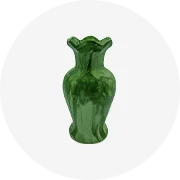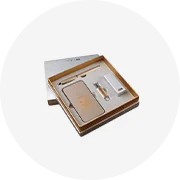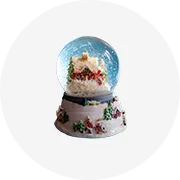

Circular Optical Windows Polished Clear Surface Finish Plate Color Material Fused Silica Quartz Glass

Optolong Beam Splitter Mirror Hard Coated Glass Optical Filter For The Uv Visible Optical Interferometry












A glass prism is a transparent optical element with flat, polished surfaces that refract light. It is often used in physics experiments to separate white light into its constituent colors, as well as to bend and direct light.
Glass prisms have a wide range of applications in various fields, including physics, astronomy, photography, and spectroscopy. In physics, optical glass prisms are used to demonstrate the principles of light refraction and dispersion. By passing a beam of white light through a prism, it can be separated into its component colors, creating a beautiful rainbow spectrum. The property of glass prism rainbows is used in spectrometers, which analyze the composition of substances by measuring the wavelengths of light they absorb or emit. In astronomy, glass prisms are used in telescopes and other optical instruments to correct for chromatic aberration, which is a distortion in the image caused by the different wavelengths of light refracting at different angles. By using a combination of lenses and prisms, the image can be corrected and appear sharper and clearer.
In photography, a glass prism is a transparent optical element that can be used to create unique and creative effects. Glass prisms for photography can be placed in front of the camera lens to add depth, texture, and interest to images and can be used to create unique and artistic compositions. In addition, photography glass prisms can create split images as well. By holding the prism at an angle in front of the lens, the light can be refracted in a way that splits the image into two or more sections.
Glass prisms are typically made from optical glass, which is a type of glass that has specific properties that make it ideal for use in optical instruments. One common type of optical glass used in glass prisms is crown glass, which is a type of glass that has a low refractive index and is highly transparent. Crown glass is commonly used in lenses and prisms that require a high level of clarity and light transmission. Another type of optical glass used in glass prisms is flint glass, which has a higher refractive index than crown glass. Flint glass is used in prisms that require a high degree of dispersion, such as those used in spectrometers. Other types of optical glass used in glass prisms include borosilicate glass, which has a low coefficient of thermal expansion and is highly resistant to thermal shock, and quartz glass, which has a high degree of purity and is highly resistant to heat and chemical corrosion.